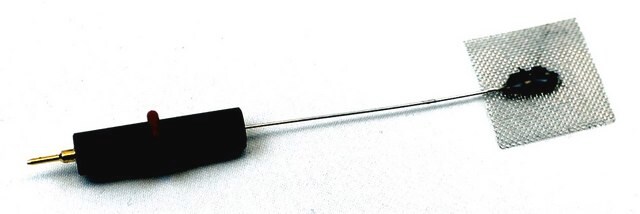349372
Platinum
foil, thickness 1.0 mm, 99.99% trace metals basis
Sinónimos:
Platinum black, Platinum element
About This Item
Productos recomendados
Ensayo
99.99% trace metals basis
Formulario
foil
resistividad
10.6 μΩ-cm, 20°C
grosor
1.0 mm
bp
3827 °C (lit.)
mp
1772 °C (lit.)
densidad
21.45 g/cm3 (lit.)
cadena SMILES
[Pt]
InChI
1S/Pt
Clave InChI
BASFCYQUMIYNBI-UHFFFAOYSA-N
Categorías relacionadas
Descripción general
Cantidad
Código de clase de almacenamiento
13 - Non Combustible Solids
Clase de riesgo para el agua (WGK)
nwg
Punto de inflamabilidad (°F)
Not applicable
Punto de inflamabilidad (°C)
Not applicable
Elija entre una de las versiones más recientes:
¿Ya tiene este producto?
Encuentre la documentación para los productos que ha comprado recientemente en la Biblioteca de documentos.
Los clientes también vieron
Artículos
Can there be an effective strategy for finding breakthrough materials, since they are, by definition, unpredictable? One answer is found in Combinatorial Materials Science techniques, which represent a powerful approach to identifying new and unexpected materials.
Nuestro equipo de científicos tiene experiencia en todas las áreas de investigación: Ciencias de la vida, Ciencia de los materiales, Síntesis química, Cromatografía, Analítica y muchas otras.
Póngase en contacto con el Servicio técnico
